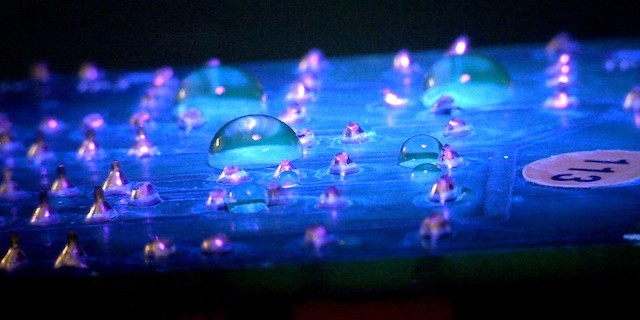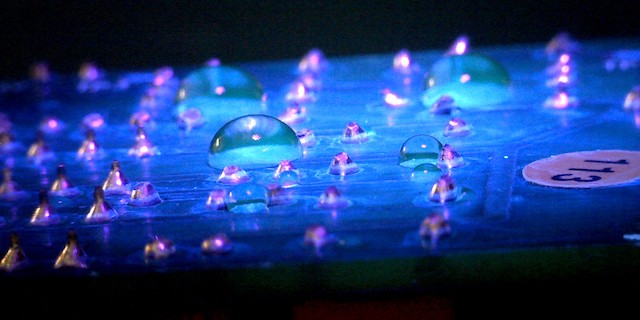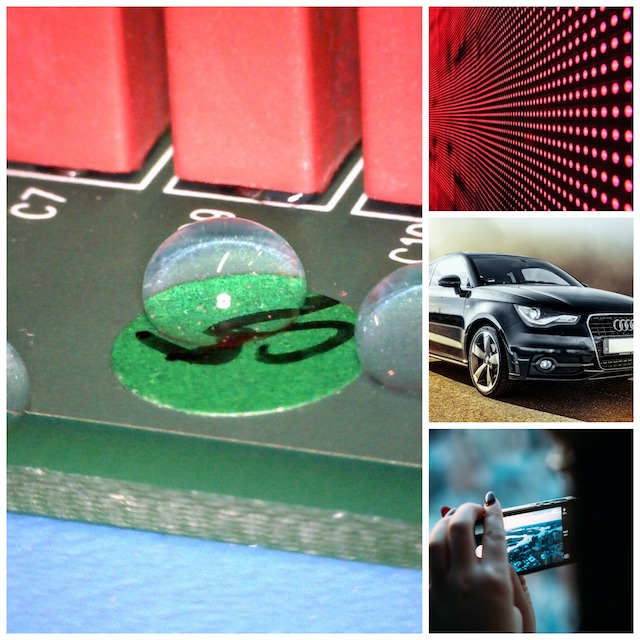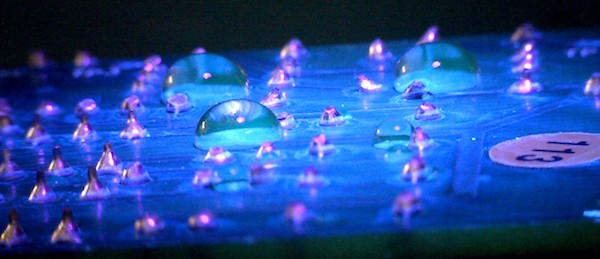
- A Nano-coating is hydrophobic. It repels water from the surface of the circuit board and water will not wet the circuit.
- The Nano-coatings are extremely thin (<2um). They are very different to traditional conformal coatings.
- Nano-coatings do not require masking. The circuit board can be completely submerged in the liquid with no masking applied without damaging components.
- They have excellent chemical resistance due its fluorine bonds. The Nano-coatings are perfect to protect against chemical attack.
- Using a Nano-coating is a fast simple process. The coating can be dipped quickly, without masking, and the coating dries extremely fast.
Want to find out more about Nano-coatings?
Contact us to discuss your needs and let us explain how we can help you. Or, read more on Nano-coating technology for protecting circuit boards now.
Find out how we can help you with your conformal coating process now.
Contact us now.





